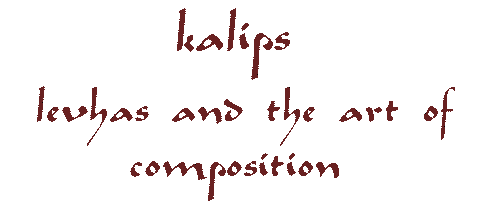
Calligraphy is time consuming to create and expensive to purchase.
As a result, those who wanted calligraphy on the walls of homes and public
buildings (for both decorative and devotional purposes) sought out an
easy (and inexpensive) method to reproduce existing examples of
calligraphy.
One of the solutions involved the use of kalips. A kalip (from the
Turkish word meaning mold or matrix) is a pattern or template of
calligraphy, used like a modern stencil. The kalip was copied from a
calligraphic original, and involved two stages to produce. In the first
stage, the outline of the original calligraphy was pierced with dots or
perforation marks using a needle or sharp-pointed tool, at intervals of
a millimeter. The second stage involved placing the new kalip (with its
perforations) on top of another sheet and tapping chalk or charcoal
powder through its holes in order to transfer the outline of the design.
The kalip was then removed, and the outline of dots was transformed into
a finished piece of calligraphy.
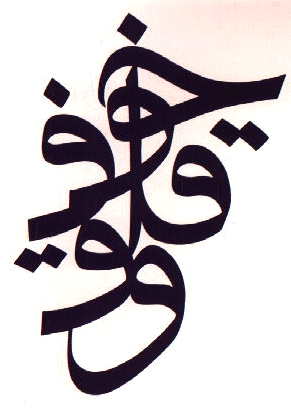

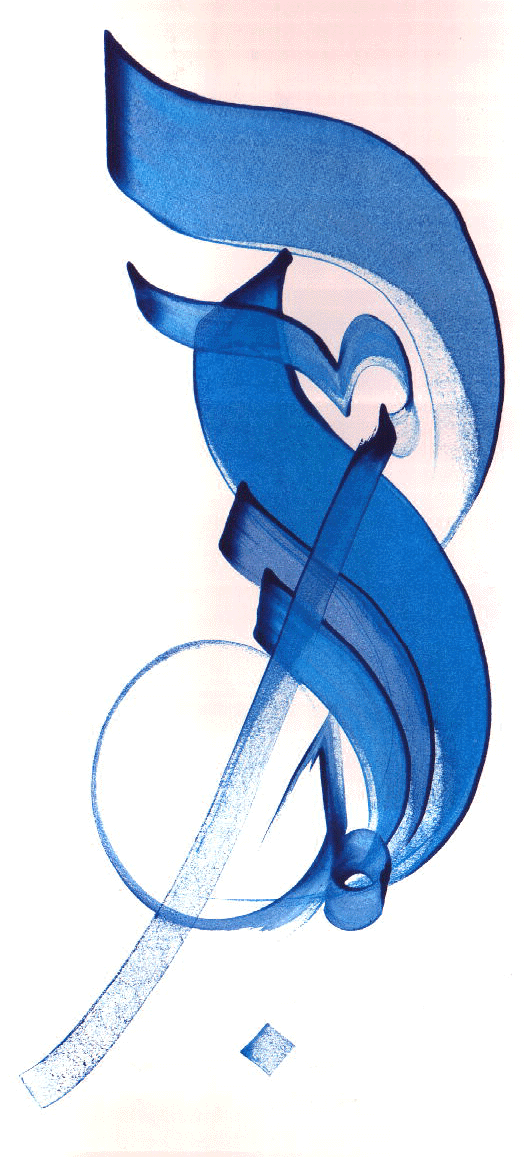

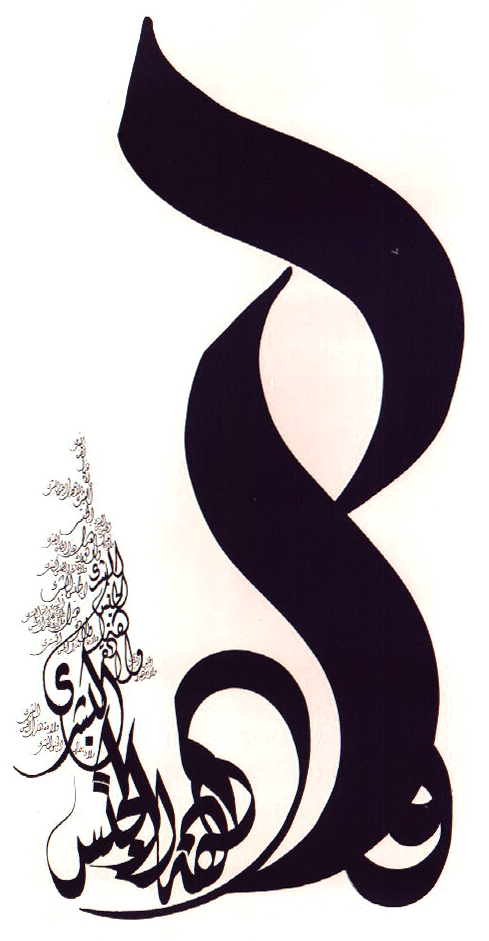
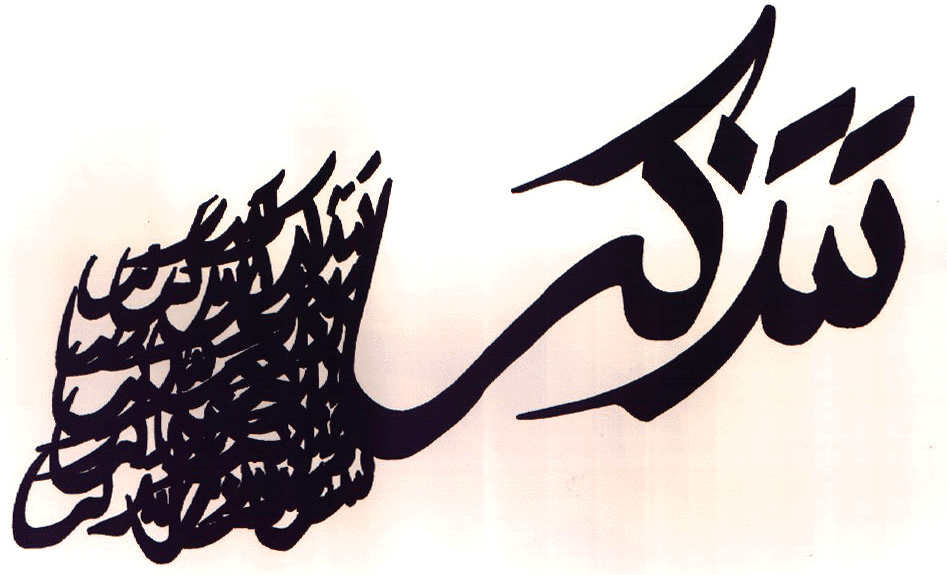
 HOME
HOME





